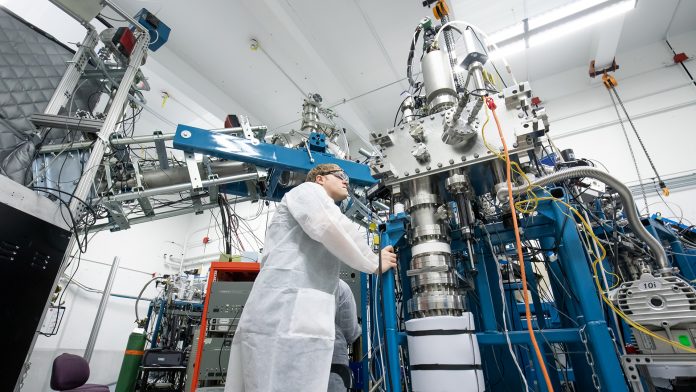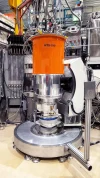Researchers at the University of Michigan are utilising ion irradiation to accelerate neutron damage, thus paving the way for the development of advanced nuclear reactors.
A group led by Professor emeritus Gary S Was at the University of Michigan is pioneering the rapid development of materials for advanced nuclear reactors, reducing irradiation time from years to just days. They have been researching how to conduct ion irradiations using accelerators to create the same damage to materials that is usually achieved by neutrons inside nuclear reactors, but in a fraction of the time. The idea faced headwinds for years, but an Integrated Research Project (IRP) supported by the U.S. Department of Energy’s Nuclear Energy University Program is gradually making believers out of the skeptics. The research detailed recently in Scientific Reports, in an article titled, ‘Predicting structural material degradation in advanced nuclear reactors with ion irradiation’ takes a large stride in that direction.1
“Ion irradiation offers the capability to shrink the irradiation time from years in a reactor to days in the laboratory accelerating the damage rate and reducing the cost by 1000 times,” wrote Was and fellow researchers Stephen Taller, Gerrit VanCoevering, and Brian Wirth. A single reactor irradiation campaign studying the response of core materials to high damage levels will require 10 to15 years. As well as this, because several such iterations are usually required to obtain enough data, both the time and cost become untenable. Thus, ion irradiation is the only viable means to study many damaging degradation processes that could limit component lifetime, such as irradiation-induced swelling.
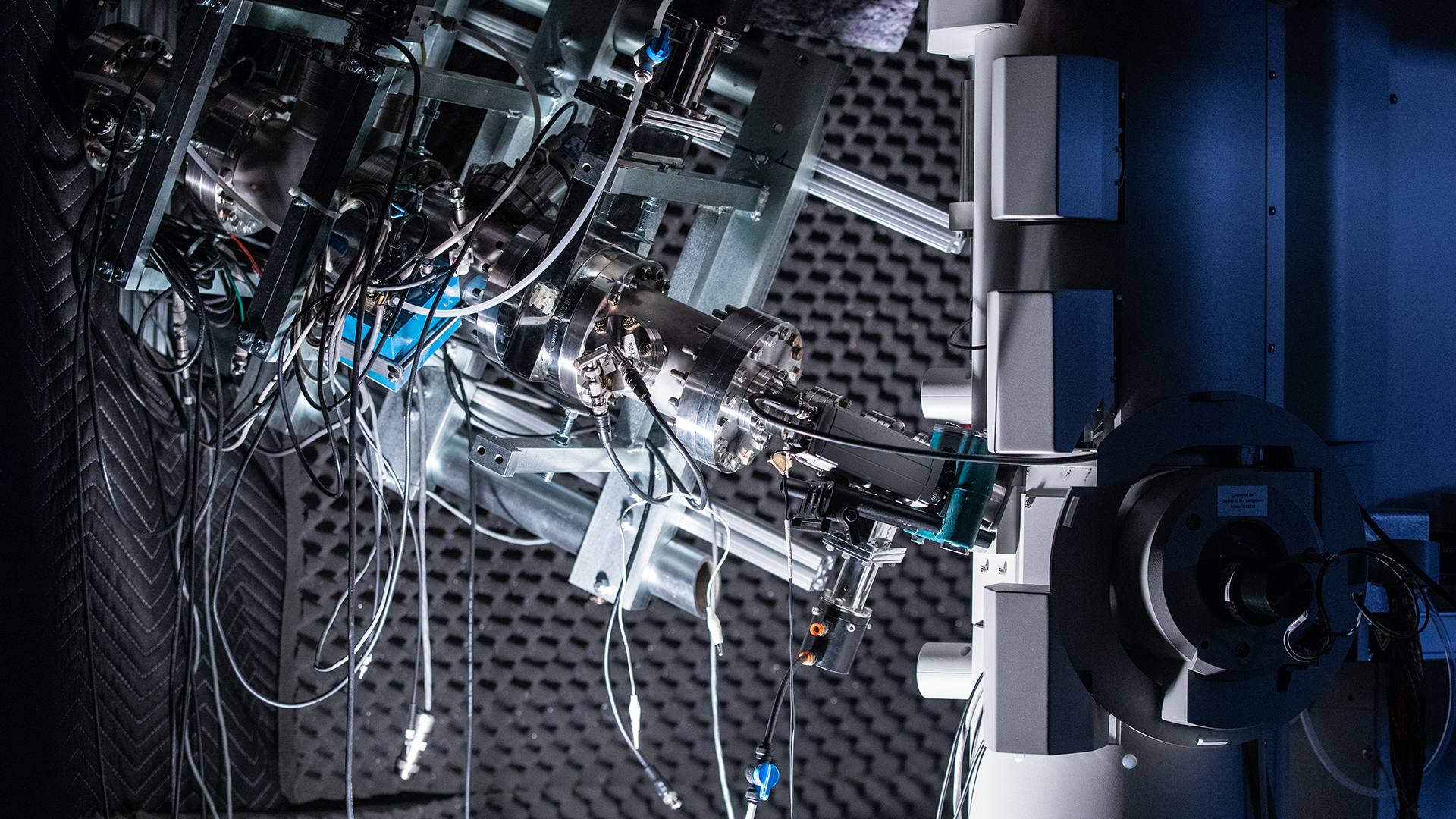
Understanding degradation of materials
Developing new materials for advanced nuclear energy systems will depend greatly on understanding how radiation degrades the materials that serve as the structural components in reactor cores. Stress corrosion cracking caused by irradiation is one of the biggest problems in light water reactors (LWRs), even more so in supercritical water reactors— LWRs that operate at supercritical pressure, offering a high thermal efficiency and simpler design. In high-dose fission concepts, such as the sodium fast reactor, structural materials must survive up to 200 displacements per atom (dpa) at temperatures in excess of 400°C. In the traveling wave reactor, the damage level can reach 600 dpa.
The dpa represents the number of times, on average, an atom is displaced from its lattice site as a result of energetic particle bombardment. Traditionally, research into radiation-induced changes in materials has been conducted with experiments in test reactors, followed by comprehensive post-irradiation examination. This is a very time-consuming and expensive process because of the low damage rates that even the highest flux reactors exhibit and activation of the samples under neutron irradiation. Moreover, the number of test reactors is shrinking and space in the remaining reactors is in limited supply worldwide.
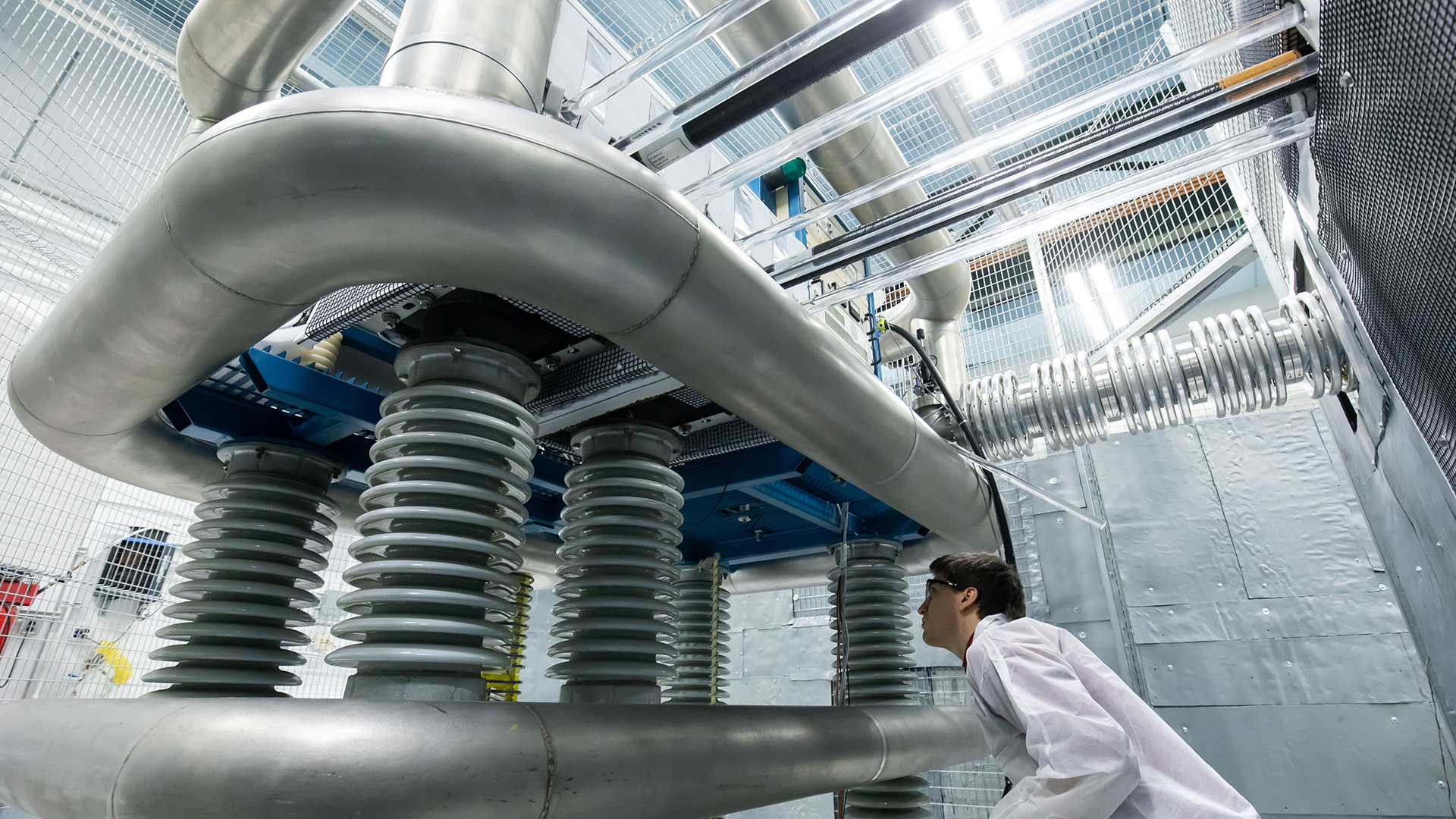
Michigan Ion Beam Laboratory’s origins
The Michigan Ion Beam Laboratory for Surface Modification and Analysis at the University of Michigan is the centre of activity for this effort. The lab got its start in 1986 when it acquired its first major instrument, the Maize 1.7 MV Tandem particle accelerator, and Was has been working on the use of ions to emulate neutron damage since 1988. A 400 keV accelerator was added in 2007 and the IRP began in 2014, the same year MIBL acquired Wolverine, its 3 MV Tandem particle accelerator. This provided the opportunity to link the three accelerators together in a common target chamber to achieve rapid development of materials for advanced nuclear reactors by reducing irradiation time from years to just days.
The project has enlisted a wide range of collaborators, including national laboratories (Argonne, Idaho, Los Alamos, Lawrence Livermore, and Oak Ridge), academia (University of Tennessee, Pennsylvania State University, University of Wisconsin, University of California – Berkeley and Santa Barbara, and University of South Carolina), industry (TerraPower and the Electric Power Research Institute) and major international programmes and organisations (University of Manchester, University of Oxford, Queen’s University, AREVA, CEA, UKAEA, and ANSTO). In addition to the Nuclear Energy University Program, the International Nuclear Energy Research Initiative (I-NERI) is involved, as is the Engineering and Physical Sciences Research Council of the United Kingdom.
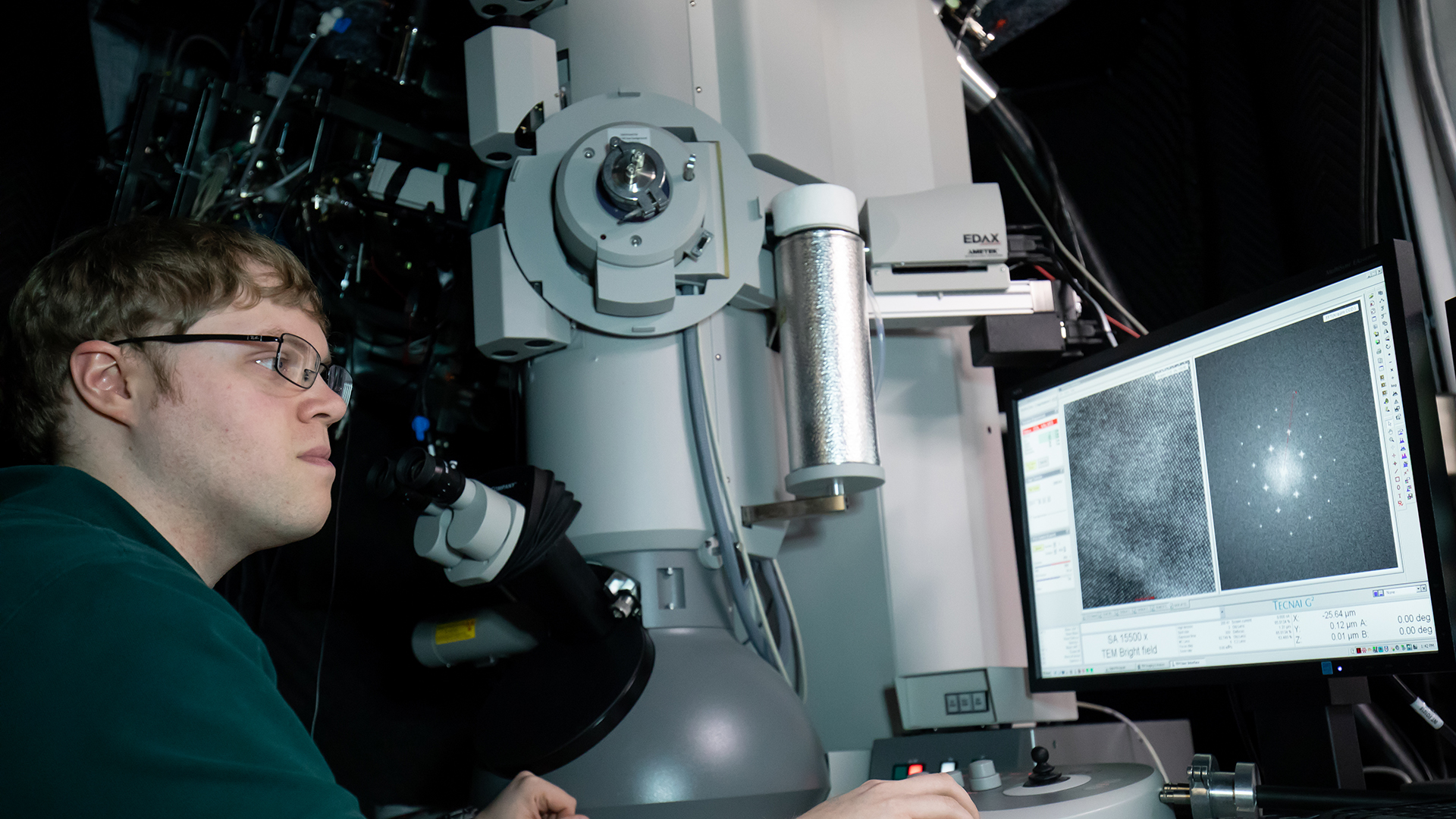
Irradiation in BOR-60
For purposes of comparison, capsules have been irradiated in BOR-60, the sodium-cooled fast reactor in Dimitrovgrad, Russia. BOR-60 can achieve approximates 15 dpa a year and, with their samples currently at 35 dpa, the MIBL team is looking forward to samples from BOR-60 taken to the 100 dpa damage level.
These samples will be essential to conducting dual- and triple-ion irradiations that capture the key elements of the BOR-60 reactor neutron spectrum. By engaging the worldwide radiation effects community through workshops and working groups, a unified consensus on addressing ion irradiation techniques and analysing defects in irradiated microstructures will emerge. Crosscutting activities will help unify these major thrusts.
Measurements of temperature, damage rate, and damage levels are difficult to acquire in a reactor, resulting in a reliance on calculations. Ion irradiations have been developed to the point where temperature is extremely well controlled and monitored. Damage rate and total damage are also measured continuously and accurately throughout the irradiation. On top of this, as there is little activation with ion irradiation, post irradiation examination can be conducted immediately after irradiation without additional precautions.
In addition to BOR-60, this project utilises national user facilities such as the Advanced Test Reactor (ATR) at Idaho National Laboratory (INL) for sample characterisation through grants that have already been awarded. This project employs a coordinated ion and neutron irradiation programme out to 100 dpa on identical alloy heats as well as incorporates existing neutron data. It engages the worldwide radiation effects community in a truly global effort to develop ion irradiation as a tool to serve as a surrogate for neutron irradiation.
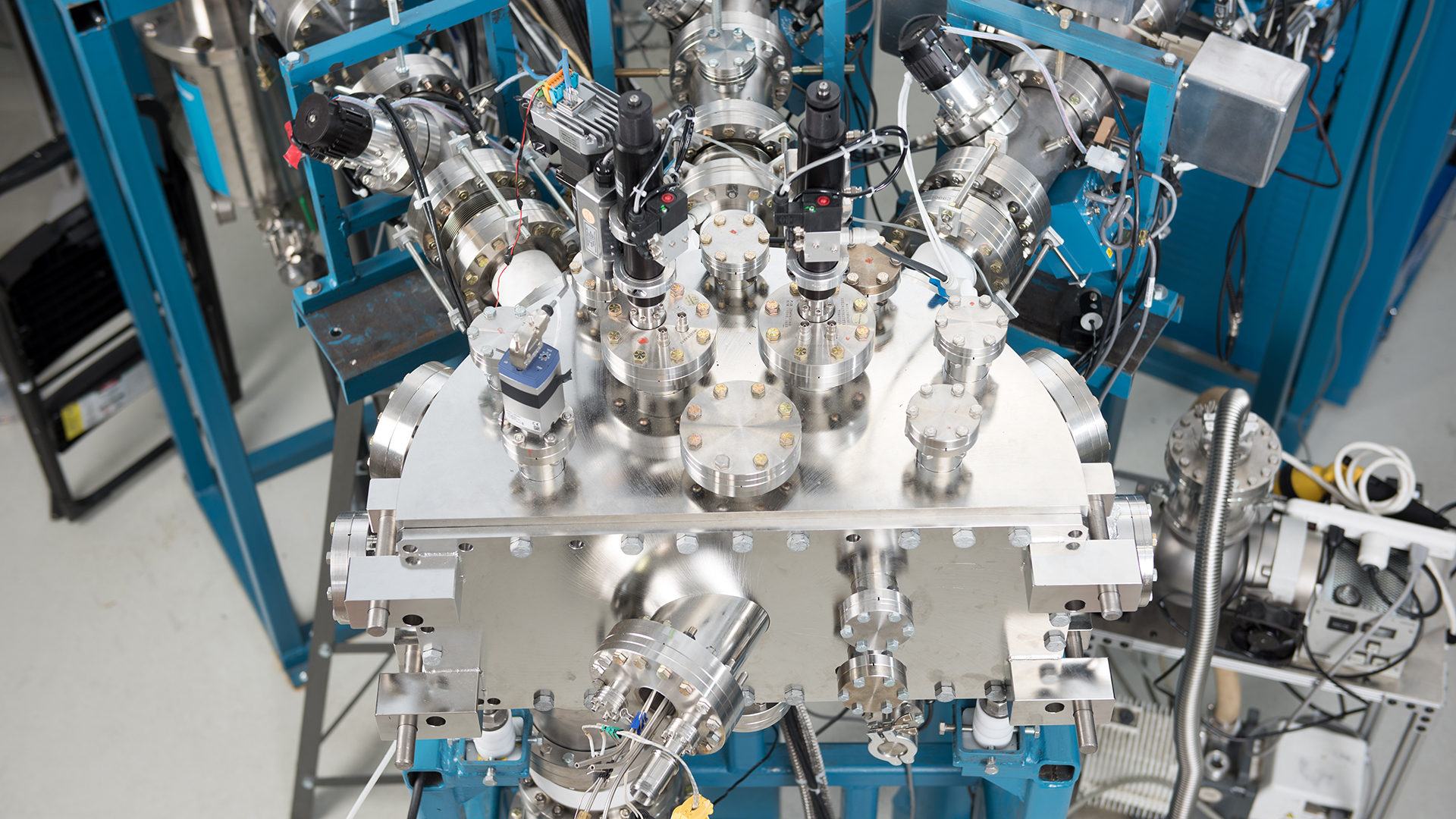
The researchers are hopeful that the findings of their irradiated research will provide a much quicker path for materials qualification, while achieving high doses with significantly lower costs and improved improved safety and performance in the existing LWR fleet and emerging advanced reactor designs. As materials degradation due to irradiation is both a life-limiting and a concept-validating phenomenon, a solution to the radiation damage problem is truly the grand challenge for the growth and vitality of nuclear energy worldwide.
| The Michigan Ion Beam Laboratory at the University of Michigan conducted 182 irradiations for 114 scientists in 2021 using 5,480 hours of instrument time. In addition to University of Michigan researchers, participation came from corporate research laboratories, private companies, government laboratories, and other universities worldwide. Experiments included Rutherford backscattering spectrometry, elastic recoil spectroscopy, nuclear reaction analysis, direct ion implantation, ion beam mixing, ion beam assisted deposition and radiation damage by proton irradiation, self-ion irradiation, dual ion irradiation, triple beam irradiation, and single and dual beam in-situ irradiation in the TEM. |
Reference
1: S Taller, G VanCoevering, B D Wirth, G S Was, “Predicting Structural Materials Degradation in Advanced Nuclear Reactors with Ion Irradiation,” Sci. Rep 11 (2021) 2949

